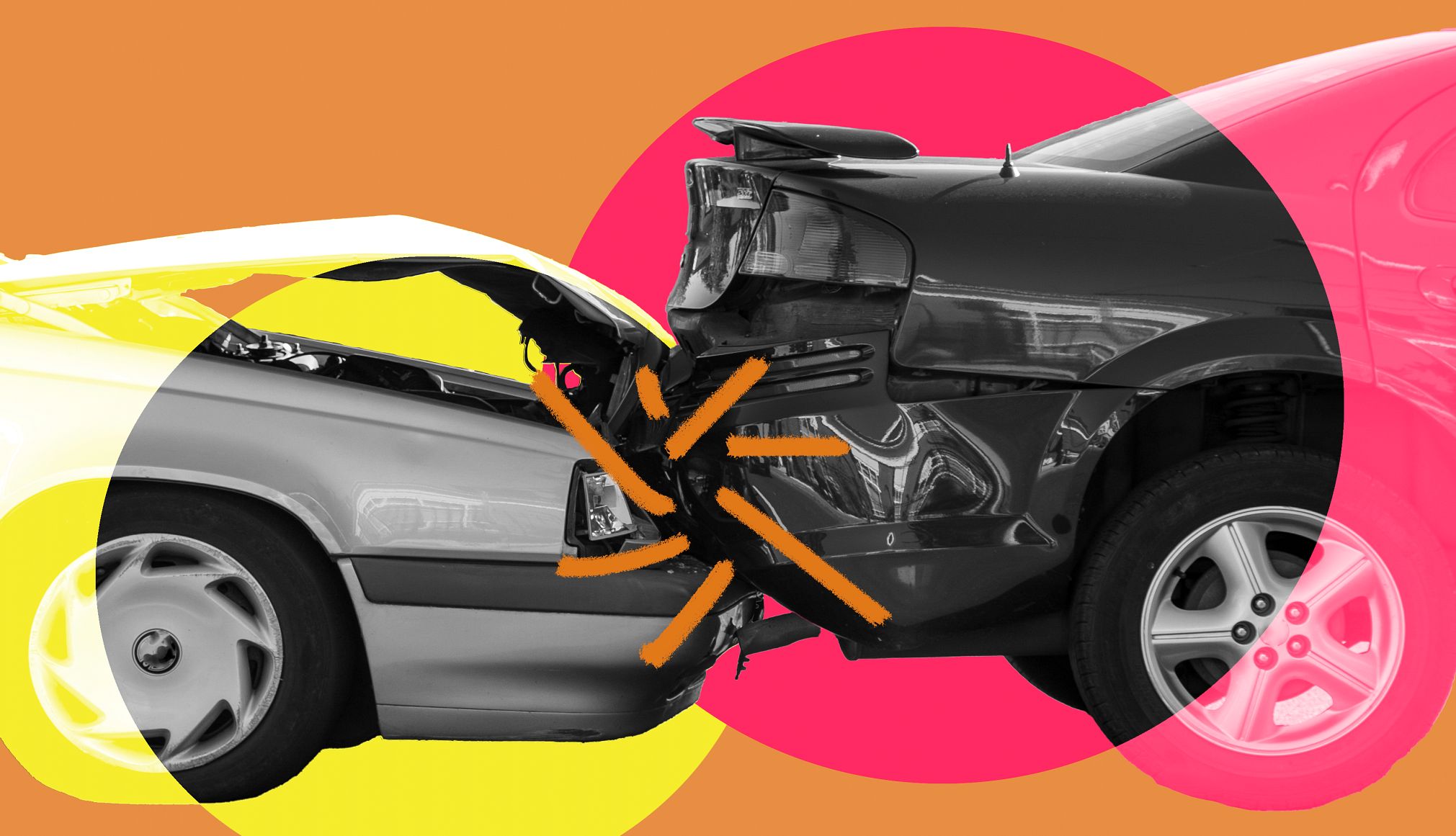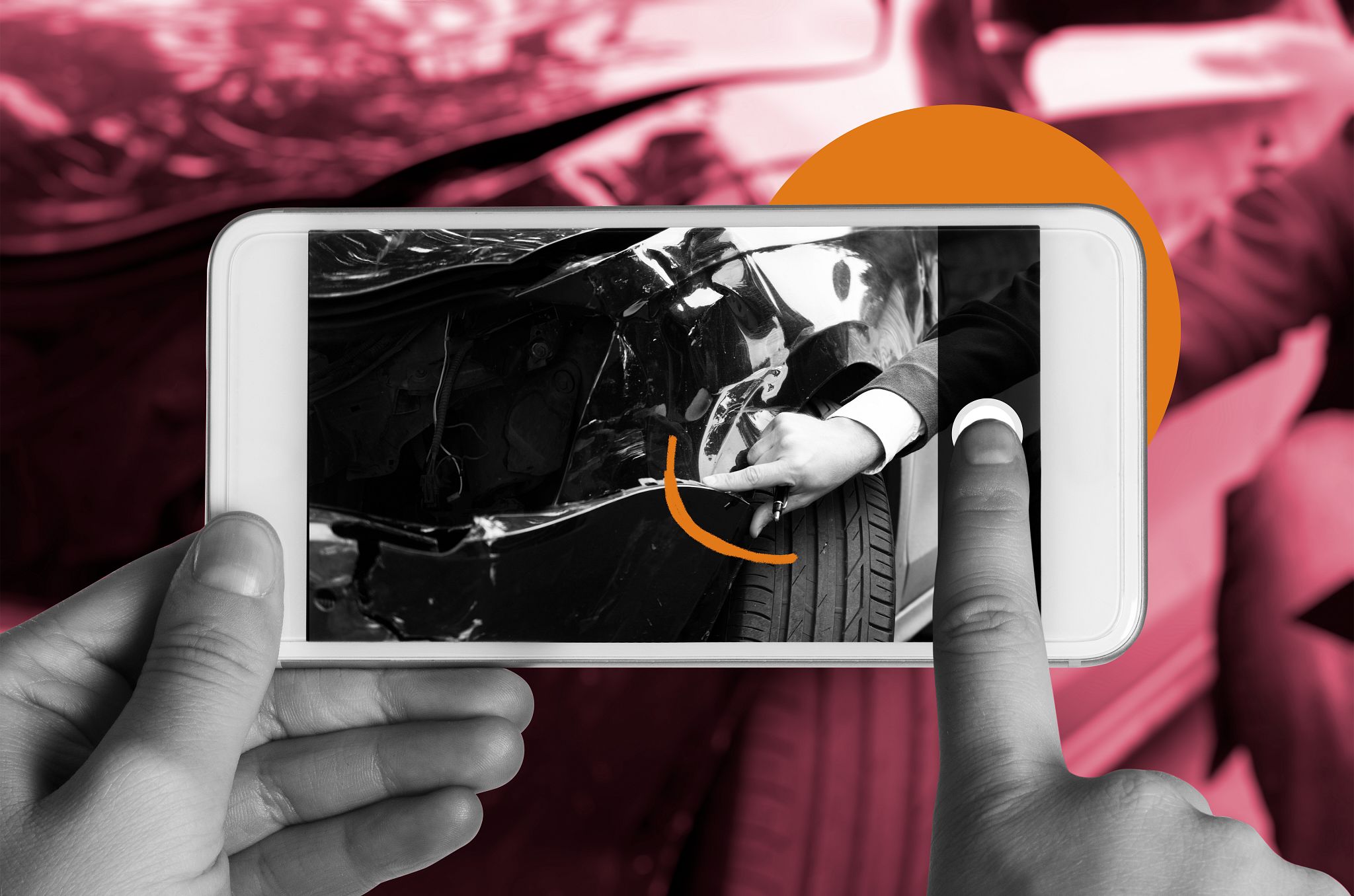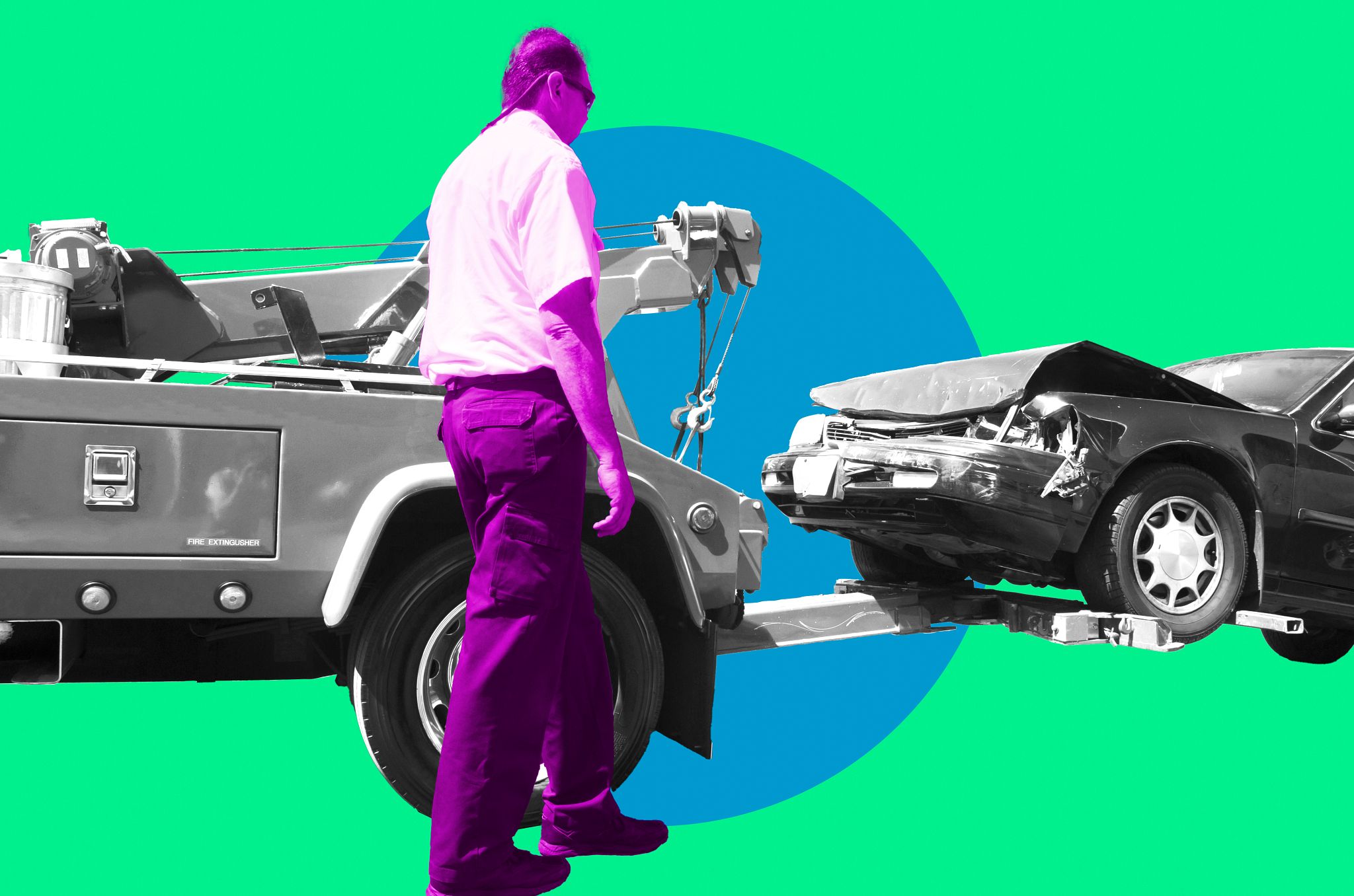AARP Hearing Center


According to the National Highway Transportation Safety Administration (NHTSA), there were more than 6 million police-reported car crashes on American roads in 2023 (the most recent year for which there is full data). This means that an American driver will be involved in three to four traffic incidents in their lifetime.
The Federal Highway Administration states that the number of licensed older drivers increased 77% from 2004 to 2020, adding to the more than 50 million drivers on the U.S. roads. And while people over 50 are among the safest drivers — involved in significantly fewer crashes per mile driven than younger drivers — accident rates increase for drivers age 70 and up and really spike for drivers starting at age 80, according to the Insurance Institute for Highway Safety.
Every driver should be prepared for the aftermath of a car accident. Since June is National Safety Month, we’ve created a list of what you need to know.
1. Check if anyone is hurt — including yourself
First evaluate your physical condition and that of other occupants of your car, says David Bennett, senior automotive manager of the American Automobile Association (AAA). If anyone is injured, the top priority is finding assistance. This is especially important for older drivers, as the NHTSA notes that older drivers — especially those 70 and up — are at higher risk for serious injury in an accident, due in part to greater fragility of bones, muscles and organs, and slower recovery rates. Do not worry about any other issues in this moment. “Get medical care,” says Bob Passmore, department vice president, personal lines, for the American Property Casualty Insurance Association.
AARP Smart Driver™ course
Learn safe driving strategies and you could earn a discount on auto insurance. Find a location.
Also keep in mind, says Passmore: With the rush of adrenaline that accidents can cause, it is common to feel OK in the moment or the immediate aftermath. But watch for pain or mental fogginess that develops in subsequent days. “Seek medical attention as soon as you feel anything,” he says. Seeking care soon after the accident will also expedite the filing of your claim.
If you receive treatment, get proof in writing, says Sean Tucker, lead editor at Kelley Blue Book and noted insurance industry authority who writes frequently about vehicle safety. “And save any information or receipts,” he adds. “They may be relevant to your claim.”
2. Turn on your hazards
This is a simple one, but key: Turn on your hazard lights, says Tucker. Flashing lights are proven to make a vehicle far more visible to other motorists and prevent additional accidents, an AAA study found. Keeping your seatbelt buckled will also prevent further injury if another incident occurs.
3. Call the authorities
If anyone is injured, if there are spilled fluids, or if there is a fire risk, call 911 immediately. “Get professionals out there for rescue and triage,” says Bennett.
Otherwise, call the state highway patrol’s nonemergency number to report the accident. You can find this number on your phone, either by searching for it on the state patrol’s website or by typing “[name of state] highway patrol nonemergency phone number” into a browser. Because you may be flustered in the aftermath of a crash, it’s not a bad idea to keep your state patrol’s nonemergency number in the car, as well as the patrol number for any state you frequently visit. Another option: Call local law enforcement.
“Call the police whether or not you think they’re necessary,” says Tucker. “Your insurance company may require a police report. And there’s no circumstance where it’s going to be a mistake to have one.”
4. Remain level-headed
Accidents are stressful. Do your best not to add to that strain. “Whether you’re interacting with other people involved or the authorities, you want to stay calm,” says Bennett. According to the American Institute of Stress, “Engaging in deep breathing [and] positive visualization ... can help calm racing thoughts, slow a rapid heart rate, relax tensed-up muscles and create a sense of well-being.”
Bennett says to just walk away if a conversation escalates. “Say, ‘I’m going to stand over there and wait for the authorities.’ ”
5. Document the scene


You may need to explain what happened to the authorities, your insurer, a lawyer or in court. So, it is important to immediately document the scene “while it’s fresh in your mind,” Bennett says.
This is especially true for older adults, whose long- and short-term memories generally begin to decline with age, according to the National Institutes of Health.





































































More From AARP
10 Ways to Pay Less for Car Insurance
Rates are going up — and could continue due to tariffs. These tips can lower your premium
Get More Mileage Out of Your Car
Auto repair tips to get more life from your car
Secrets From a Top Car Mechanic
Top tips to avoid getting ripped off